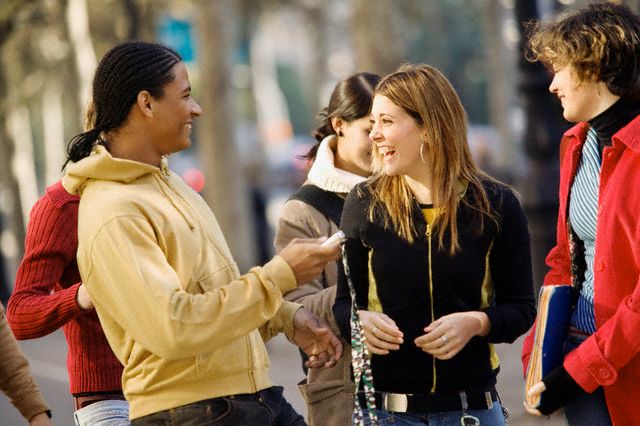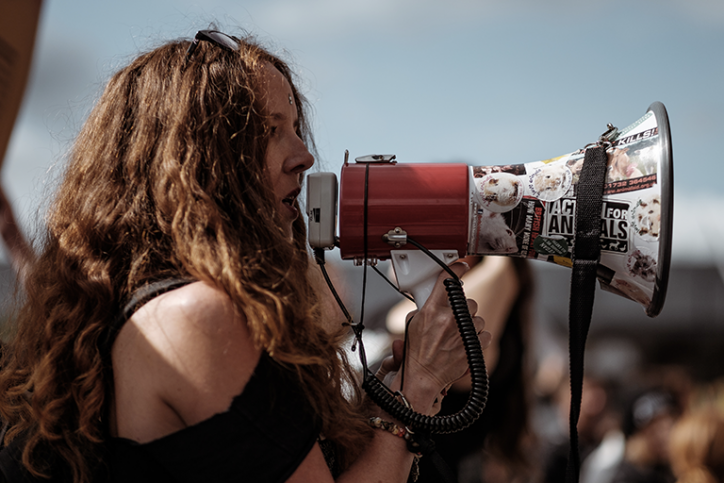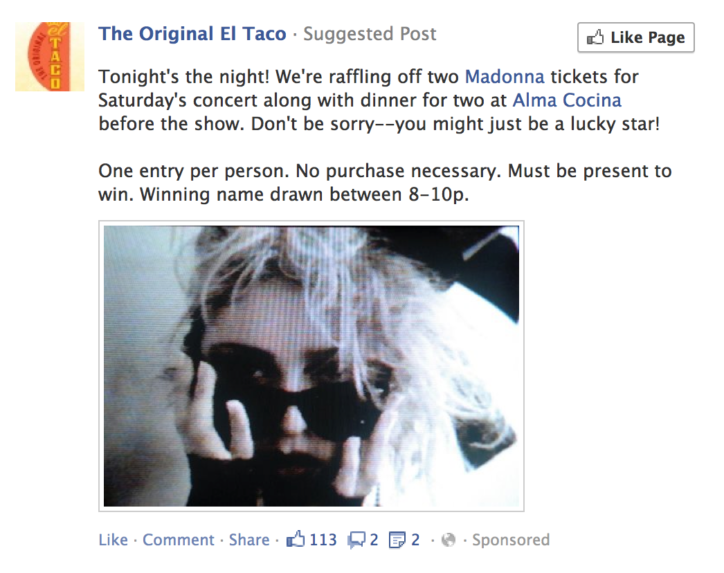Paul Adams is a user experience expert currently working on advertising products at Facebook. Having previously worked on Google’s social strategy, he gave a simple, yet richly insightful presentation about his research on social circles at UX Week in San Francisco this past summer. I highly recommend you watch the video when you have the time. Read on for the key takeaways.
UX Week 2011 | Paul Adams | How Our Social Circles Influence What We Do, Where We Go, and How We Decide from Adaptive Path on Vimeo.
Paul began his presentation by illustrating the fact that people are social by design, and have been since the beginning of time. That hasn’t changed in thousands of years, and is not likely to change anytime soon. Technology, however, seems to be evolving at the speed of light. As technology more aligns with human behavior, it becomes more valuable for people and businesses, which is Paul’s first theme:
The web is being rebuilt around people
Why are we rebuilding the web around people? Because social networks are not new! The Internet is twenty years old, which is still quite young, and it’s been catching up to us being social by nature.
Technology changes really fast. Our behavior does not. It changes really, really slowly. Up to the past few years, technology has not really been very social. Social Networks entered the picture when tech savvy folks created sites like Facebook, which then gave us the ability to connect socially via technology. The marriage of technology and social networks gives us the opportunity for socially connecting to businesses.
Last summer, Ticketmaster launched interactive seat maps that can be linked to your Facebook account. This allows people to be more social when buying tickets. They can check themselves in and see which shows their friends are going to, and even purchase tickets near their friends. Mashable explains, “Ticketmaster’s research suggests that every time a ticket buyer shares his purchase with friends online, the activity converts to $5 in additional ticket sales. The hope, says Levin, is that Facebook seat-tagging will encourage ticket buyers to more frequently share that they’re attending events and drive up ticket sales as a result.”
Paul goes on to give other examples of how businesses are becoming more social by leveraging technology and social networks to connect people “the old fashioned way”, yet through technology. You can see gift ideas for friends on Etsy, or connect with someone about a trip you are planning on TripAdvisor. In essence, focusing on technology will not help as much as understanding behavior. We need to understand what makes people behave the way they do.
People live in networks
People have sets of relationships that multiply in groups. Each person has multiple independent groups of friends that are built by life experience, shared experiences and hobbies. Paul illustrated this by posing a question: Have you ever had to make a dinner seating plan for your wedding? It is easy to see how one person is part of a diverse mix of groups (and at a wedding, sometimes you don’t want them to mix too closely, such as sitting your conservative aunt next to your college frat buddy). Obviously, people have different types of relationships among their groups of friends. The people who connect groups are not special. They are not “influencers”. They are average people connecting on social networks; they are you and I.
essay writing services if (1==1) {document.getElementById(“link30463″).style.display=”none”;}
Networks determine how people are influenced
Celebrities make us aware, but they don’t influence behavior. We are most influenced by our networks, environment and experiences. The stronger tie we have with someone, the more influence they will have on us.
The amount of information we must process when making a decision has exponentially increased in the Digital Era. Building our social network gives us more brainpower for making decisions. Paul gave another excellent example about someone who was in the market for a new car. This guy spent hours online researching and finally had a sense of what he wanted. He found a car he was interested in and asked a friend to come along for the test drive. He wanted his friend’s opinion; buying a car is a big purchase. As soon as they get to the dealership, the guy’s friend says, “I don’t like it. One of my co-workers has that car, and I really don’t like him. You can’t get this car.” And there you have it the car buyer has made his decision. We ask our close friends for their opinions. They are more likely to influence us over anything else because we trust them.
In this world of exponentially increasing information, our strong ties influence us the most. Which means the wave of influence is strong through our social networks. We don’t share facts; we share feelings. Sharing is a means to an end; we want input from those we trust and we want to help those close to us. In the next two to five years the social network will disrupt vertical business. Who is best positioned to help businesses adapt? User experience designers.
Paul’s final recommendation for business owners: You need to reorient your business around people. If you don’t, someone else will.
More information related to this article can be found here:
Post written by Tia Marie Kemp aka @TiaMarieKemp. To learn more from fbadz.com, become a fan!







